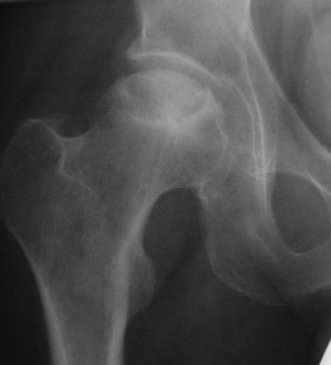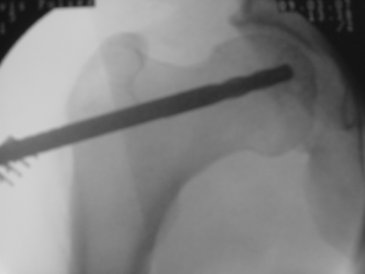Miscellaneous disorder of the hip
These include a variety of clinical conditions such as avascular necrosis, muscle and tendon injuries, osteitis pubis, sports hernia, snapping hip syndrome, fractures and dislocations etc. A detailed clinical and radiological assessment is required to diagnose these conditions and treat them appropriately. The treatment may involve physiotherapy or surgery.
Osteitis pubis
The presentation is pain in the pubic area and the symptoms are insidious in nature and can be quite troublesome. The diagnosis is made by clinical examination and MRI scans. The mainstay of treatment involves skilful physiotherapy. Surgery is indicated only in very rare instances.
Adductor tendon related disorders
Injuries to adductor muscle group are quite common in contact sports and these can be acute or chronic in nature. The acute injuries may involve avulsion of the tendon from its origin at the pubic bone. It can also be a disruption at the musculo - tendinous junction. Treatment can be surgical or non - surgical depending upon the site of avulsion and associated patient factors. The surgery would involve fixing the tendon back to the pubic bone using bone anchors. Chronic injuries are more common and they present with pain in the pubic area. The differential diagnosis of such a disorder includes osteitis pubis and hip impingement. Careful clinical examination and MRI scans assist to arrive at the correct diagnosis. The treatment usually involves non - surgical Written by Mr. S Patil for Glasgow Sport Surgery Service methods. Skilful physiotherapy combined with local anaesthetic and steroid injections relieve the symptoms in the majority of patients.
Avascular necrosis
This is a clinical condition characterised by decreased or loss of blood supply to the ball portion of the hip joint. Patients present with pain in the groin. X - rays (Figure 1a) and MRI scans (Figure 1b) of the hip joint aid in the diagnosis. The condition can vary in its severity between patients. The disease, when treated in its earlier stages, has a better prognosis. Treatment in the early stages includes decompression of the ball portion of the hip joint (Figure 2). Total hip arthroplasty remains the treatment of choice in the advanced stages of the disease.
Figure 1:
a: Avascular Necrosis of femoral head associated with collapse of femoral head.
b: MRI scans showing avascular necrosis in both hips.


Figure 2: Core decompression of ball portion of the hip Joint.



 About the Glasgow Hip Clinic
About the Glasgow Hip Clinic